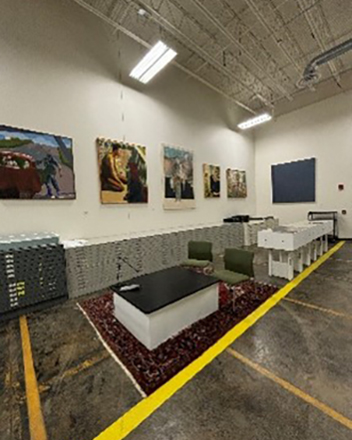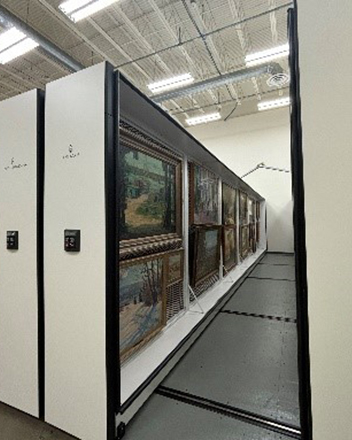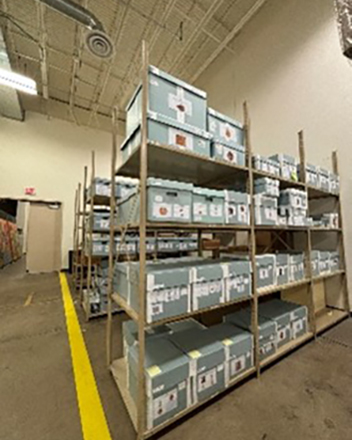UC Art Collection
at the Contemporary Arts Center!




Saturday Dec. 6th, 2025 – Sunday April 5th, 2026
This exhibition showcases a careful selection of works that reveal collecting practices over 200 years. A special attempt has been made to contextualize the university’s contemporary holdings with examples from history. These offer cultural, conceptual, and technical comparisons.
Great universities hold great art collections that offer inspiration, knowledge, and learning. They present opportunities to appreciate and interact with original works and enrich our overall human experience. They are vital resources for the local community and beyond. They connect creativity across millennia and inspire future generations to dream.
UC’s student organizations, faculty, and staff, as well as benefactors and patrons, stimulated and contributed to the growth of the university’s holdings. The collection is particularly strong in works by regional artists, many of whom have connections to higher education both past and present.
Location: Contemporary Arts Center, 2nd Floor Gallery, 44 E 6th St, Cincinnati, OH 45202
Curators: Aaron Cowan, Kristi Nelson & Robert Probst
Sponsors: Neville Pinto, President, Office of the Provost, College of DAAP, UC Art Collection & Galleries, and UC Libraries
History of the UC Art Collection
The Art Collection at the University of Cincinnati is an important resource for the University, local arts community, and for the region. Ranging from Greek and Roman antiquities to Local Icons and Modern Photography, the Collection spans a wide array of cultures, adding to and enhancing the educational and artistic resources at hand.
The College of Design, Architecture, Art, and Planning in collaboration with UC Libraries are pleased to serve as its newest stewards. We are committed to the Collection's preservation, cultivation, and presentation for the educational enrichment of both the University community and the general public.
Our commitment to introducing the University's Art Collection to you goes hand in hand with our sincere belief that art plays a crucial role in our lives and brings us to a more meaningful understanding of who we are as human beings. Art assumes a critical role in the University community and should be an integral component in the intellectual development and education of all our students and beyond into the community at large.
We hope you will find this site both informative and engaging, and encourage you to explore the entire UC Art Collection Catalog , Collecting Art Displayed on UC Campuses, and the UC Public Sculptures Tour.
UCAC Operation
The Office of the University of Cincinnati Art Collection has been charged with the care and management of some 4500 works of art ranging from paintings, drawings, photography, textiles, and prints to three-dimensional works. From miniature to monumental public sculpture, works from the collection can be found throughout the grounds and buildings of both east and west campuses. Nearly half of the collection is on loan at any given time, primarily located on the University campus but also at the Cincinnati Art Museum, Taft Museum, and Cincinnati Observatory. Works not on loan are stored in our climate-controlled collection storage facility and are provided museum level care. In addition to the physical displays, works from the collection can also be viewed digitally on this site and public works can be viewed on our 3-D virtual walking tour
The tasks of asset tracking, care/preservation, documentation, packing/transporting, exhibiting, and providing access for teaching and research are but a handful of the responsibilities conducted by the UC Art Collection staff. The oversite of the collection is the responsibility of the collection director and the collections assistant in addition to our many co-ops, interns, and graduate assistants. Providing direct assistance with the care, documentation, and display of works, students gain professional training as part of their studies. Many of our interns and co-ops work with the Art Collection and Galleries or other UC Collections to fulfill the internship requirements for the Museum Studies Certificate Program or the co-op as a component of their major. These opportunities provide direct invaluable access and training embedded within a collection to learn current collections management practices within a working archive and collections lab facility.
CONTACT INFORMATION
Office of the University of Cincinnati Art Collection
513-556-2839
UCPublicArt@ucmail.uc.edu


